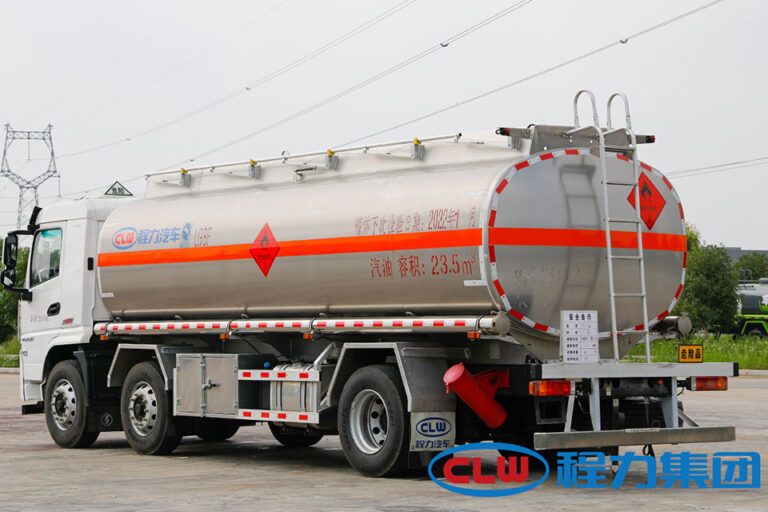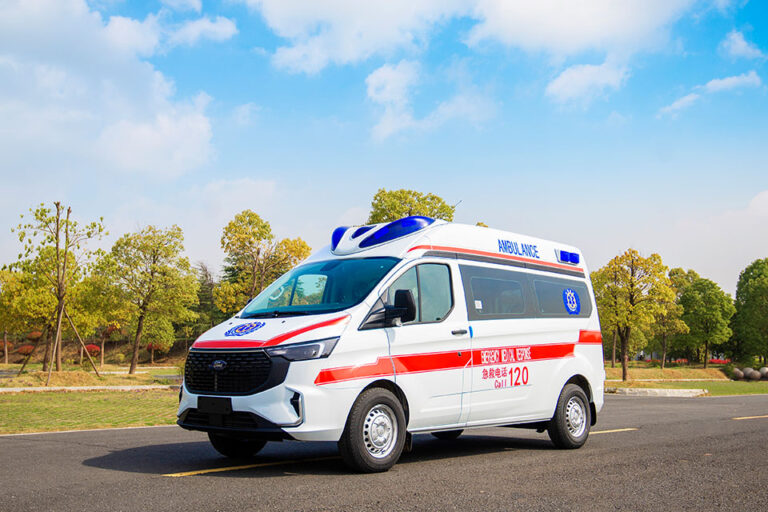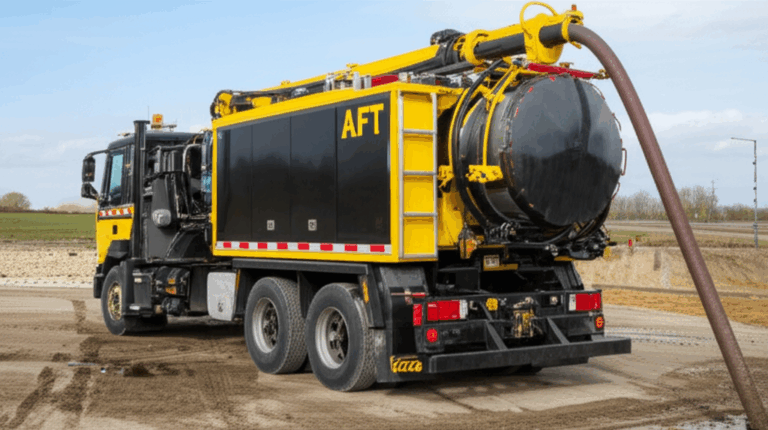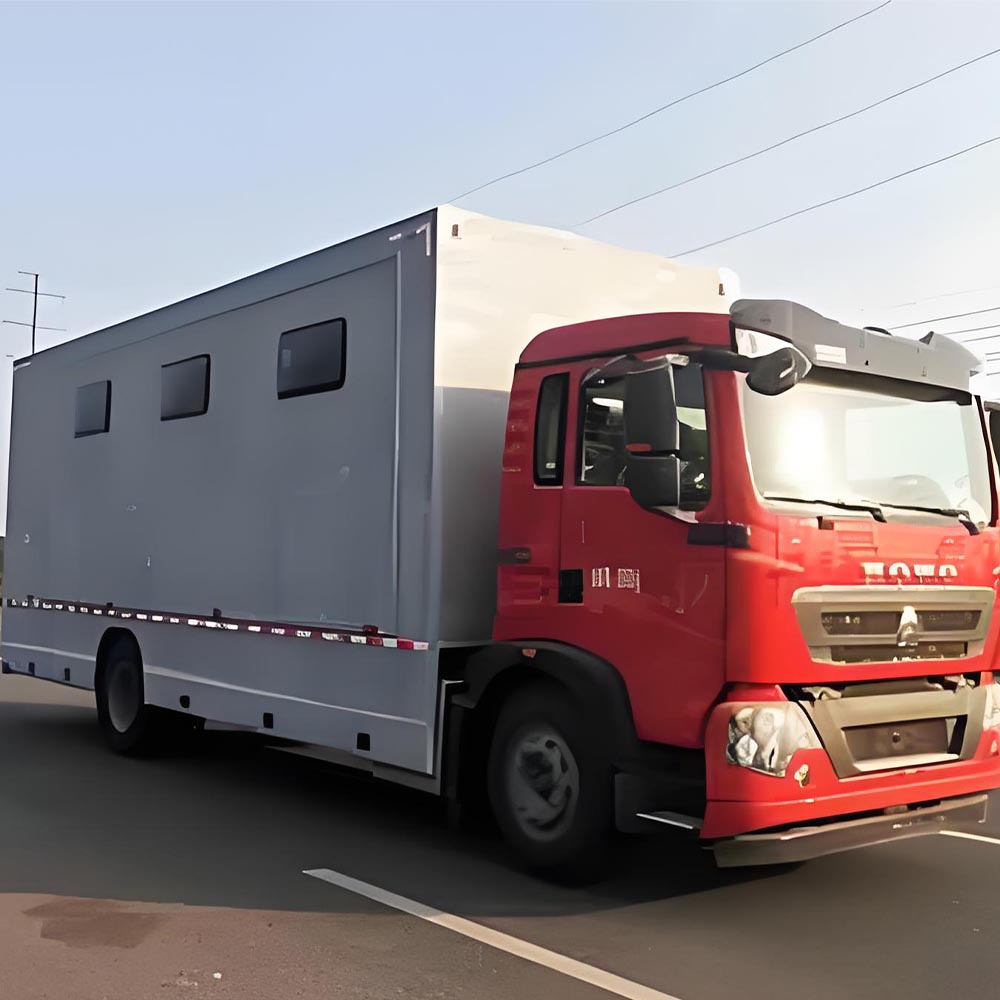-
Chengli Automobile Industry Park
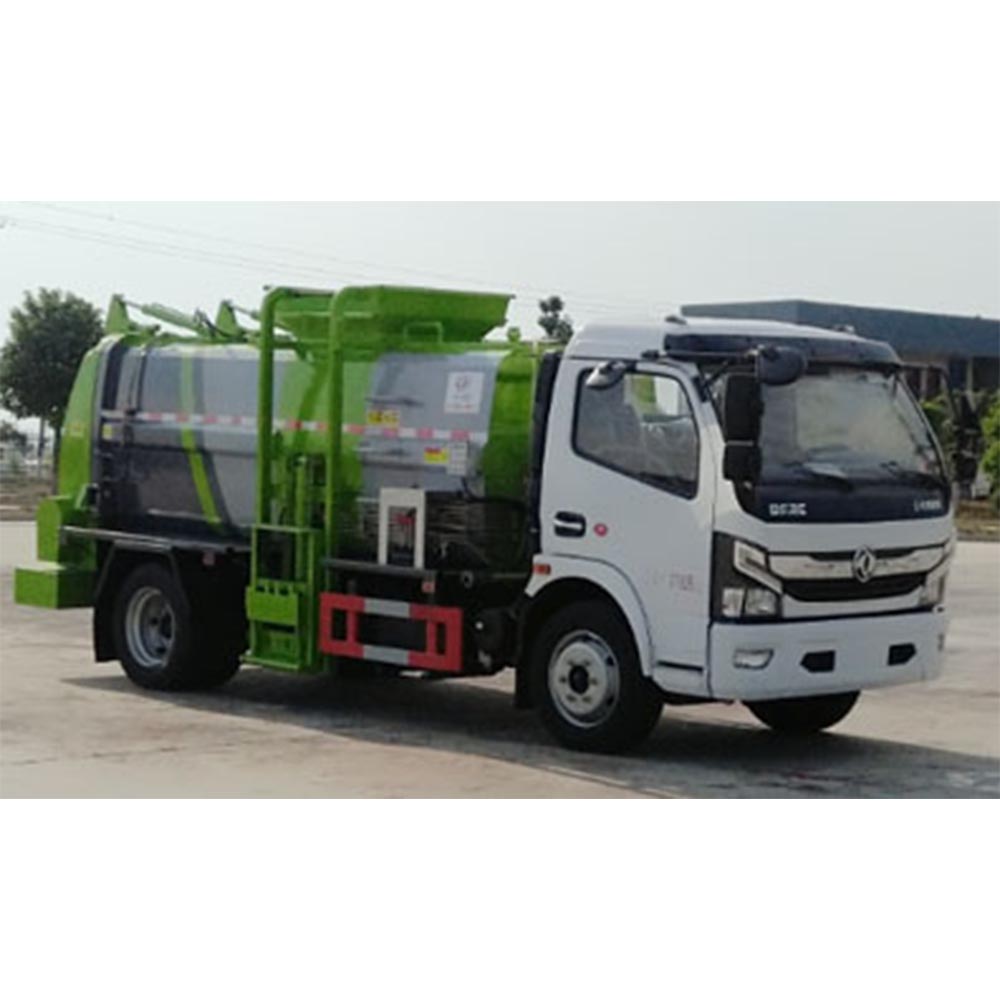
Waste collection vehicle routing problem: literature review
Waste collection is a big problem in our world today. The amount of trash we make keeps going up. In 2010, the European Union had 2.5 billion tons of waste. That’s about 4,986 kg for each person! Finding the best way to pick up all this waste is very important.
This article looks at how we can make waste collection better by using smart ways to plan truck routes. Let’s learn about the Waste Collection Vehicle Routing Problem (WCVRP) and how to solve it.
Table of Contents
What Is Waste Collection Vehicle Routing?
Waste collection is when trucks pick up trash and take it to places like recycling centers or landfills. The Vehicle Routing Problem (VRP) tries to find the best paths for trucks to follow.
There are three main types of waste collection:
- Residential waste collection: Picking up trash from homes
- Commercial waste collection: Collecting from businesses
- Roll-on-Roll-off waste collection: Moving big containers from places like construction sites
Let’s look at each type in more detail.
Types of Waste Collection
| Type of Waste Collection | What It Is | How It Works |
|---|---|---|
| Residential | Picking up household trash along streets | Trucks go along streets picking up garbage bags or bins in front of homes |
| Commercial | Collecting from large containers at businesses | Trucks visit 60-400 customers per route with 2-3 disposal trips daily |
| Roll-on-Roll-off | Moving large containers (20-40 yards) | One container at a time is picked up, emptied, and returned |
Key Studies in Waste Collection Routing
Many smart people have studied how to make waste collection better. Here are some important case studies:
Real-World Success Stories
| Location | What They Did | Results |
|---|---|---|
| Buenos Aires, Argentina | Used math to plan better routes | Saved more than $200,000 per year |
| Chicago, USA | Made flexible routes | Reduced capacity needed by 12%-16% |
| Hanoi, Vietnam | Improved vehicle routing | Reduced total cost and number of trucks used |
Waste Collection Routing: Smarter Pickups Explained
Growing Waste Needs Smarter Solutions
EU Waste in 2010
A massive 2.5 Billion Tons generated.
That’s 4,986 kg per person!
Source: Eurostat
Where Does EU Waste Go? (2010)
Shows disposal methods by percentage.
Understanding Collection Methods
Residential
Picking up trash from homes. Routes often cover every street.
Commercial
Collecting from businesses using large containers. Stops are specific points.
Roll-on/Roll-off
Moving very large containers, like from construction sites.
Planning the Routes
Node Routing
Focuses on finding the best path between specific points (like businesses).
Arc Routing
Focuses on covering specific streets or paths (like residential routes).
Optimization Pays Off: Real Examples
Buenos Aires, AR
Optimized routes saved over $200,000 per year.
Chicago, USA
Flexible routing led to a 12-16% reduction in needed capacity.
Givatayim, IL
Route improvements cut total collection distance by 18.7%.
Benefits of Smart Waste Routing
- Saves Money (Lower Fuel & Labor Costs)
- Reduces Number of Trucks Needed
- Helps the Environment (Less Fuel, Less CO2)
- Provides Faster & More Reliable Service
How to Solve the Waste Collection Problem
There are two main ways to look at waste collection routes:
- Node Routing Problems: Think of each stop as a dot on a map
- Arc Routing Problems: Think of the streets as lines that need to be covered
Different methods are used to find good routes:
Methods to Solve WCVRP
- Simple Methods
- Two-phase methods
- Construction algorithms
- Improvement algorithms
- Advanced Methods
- Genetic algorithms
- Tabu search
- Ant colony optimization
- Large neighborhood search
For example, in Givatayim, Israel, using a simple model reduced the total collection distance by 18.7%!
Modern Waste Collection Vehicles
Today, we have many types of waste management trucks that make collection easier. These include:
- Hook arm garbage trucks
- Compactor trucks
- Self-loading garbage trucks with automatic systems
- Electric garbage trucks for less pollution
These trucks can work with modern routing systems to make waste collection more efficient.
Environmental Impact of Waste Collection
Waste collection is not just about saving money. It’s also about helping our planet. Electric waste collection trucks can reduce pollution while still following efficient routes.
By making routes shorter, trucks use less fuel. This means:
- Less CO2 in the air
- Less money spent on gas
- Faster service for people
The Future of Waste Collection
The future of waste collection looks exciting. New ideas include:
- Using real-time data to make better routes
- Adding traffic information to avoid busy roads
- Combining money-saving goals with earth-friendly goals
- Using electric and hybrid trucks
These new ideas will help make waste collection better for everyone.
Conclusion
The Waste Collection Vehicle Routing Problem is important for our cities and towns. By finding better ways to plan routes, we can:
- Save money
- Use fewer trucks
- Help keep our planet clean
- Make waste collection faster
More work needs to be done to make waste collection even better. Future studies should look at both saving money AND helping the environment.
Waste collection may not be something we think about every day, but making it better helps us all live in cleaner, more efficient cities.


